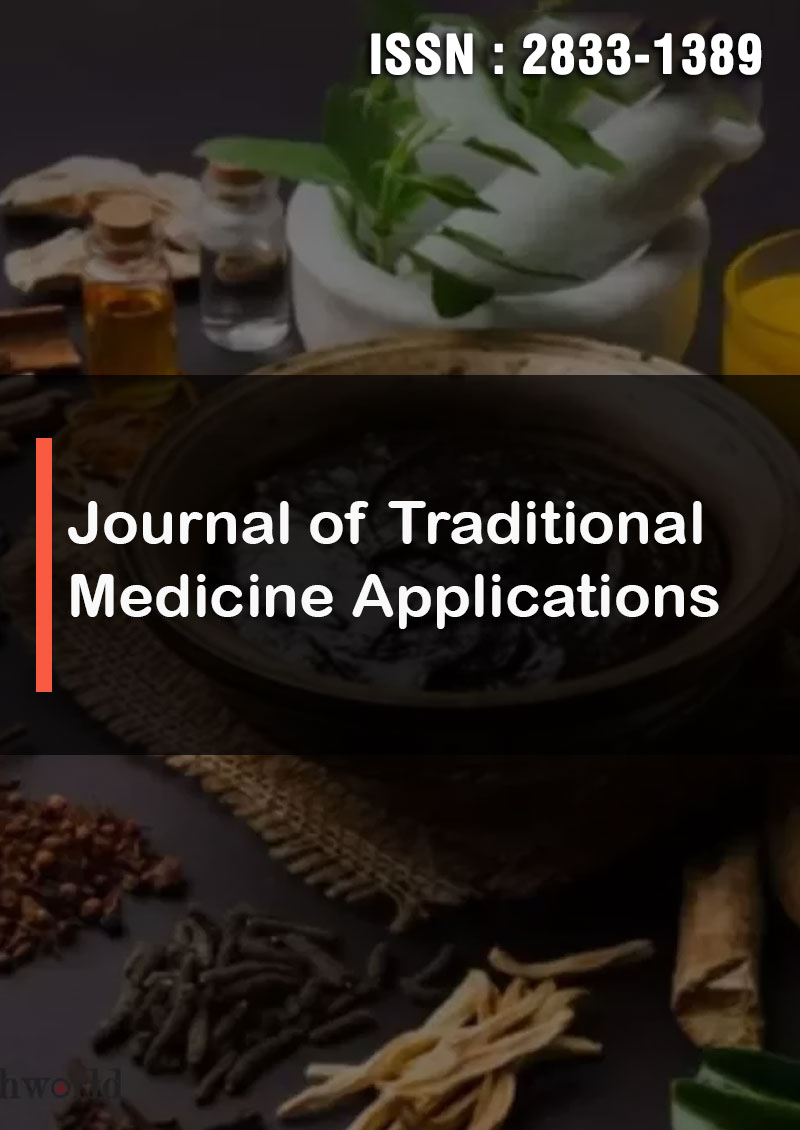Ethnobotanical Study of Medicinal Plants Used To Treat Livestock Ailments, In Dallol Manna District, Bale Zone, Oromia Regional State, South East Ethiopia
Abstract
Awal Hussein Gobana, Habte Telila and Sufian Abdo Jilo
Historical information on the use of medicinal plants is in danger of extinction due to different changes in different parts of the world, including Ethiopia. This study, carried out in the DallomAna, Oromia regions of Ethiopia, aims at the ethnobotanical analysis of medicinal plants used in the treatment of animal diseases. Data were collected through semi-structured interviews with the information sources selected. Analysis of ethnobotanical data using tools such as the Consensus Consent Factor (ICF) preference ranking, ranking matrix, and calculating the degree of fidelity. In Dallomanna Region reported all 68 medicinal plant species used to treat veterinary diseases. The most common family is Fabaceae (7 spp.), followed by Euphorbiaceous (5 spp.), Asteraceae (5 spp.) Solanaceae (4 spp.). For the preparation of drugs for the treatment of livestock diseases, plants are generally used as the root, followed by leaves, seeds and stems. All of the medicine is made and used immediately, and some of it is boiled and dried for use. In addition, the most common way of route of administration for treatment animal diseases in the study area is oral, followed by topical application and nasal .The highest consensus criteria (ICF) values were recorded in ophthalmology, followed by dermatology. Most species have been reported for the treatment of gastrointestinal disorders, followed by species for the treatment of skin diseases and fever. Ten participants compared nine herbs used to treat veterinary diseases to see how they ranked. This was followed by Hagenia Abyssinia in first place, then Zingier ofcinale and Embelia schimperi in third place. Nicotiana tabacum, Phyllanthus ovalifolius, Ruta chalepensis Santalum album followed Hagenia abyssinica, which achieved the highest value among traditional oyster medicinal plants. The main threats to veterinary medicinal plants were overharvesting of available species, agricultural land expansion, and less attention to traditional medicine due to modernization.




